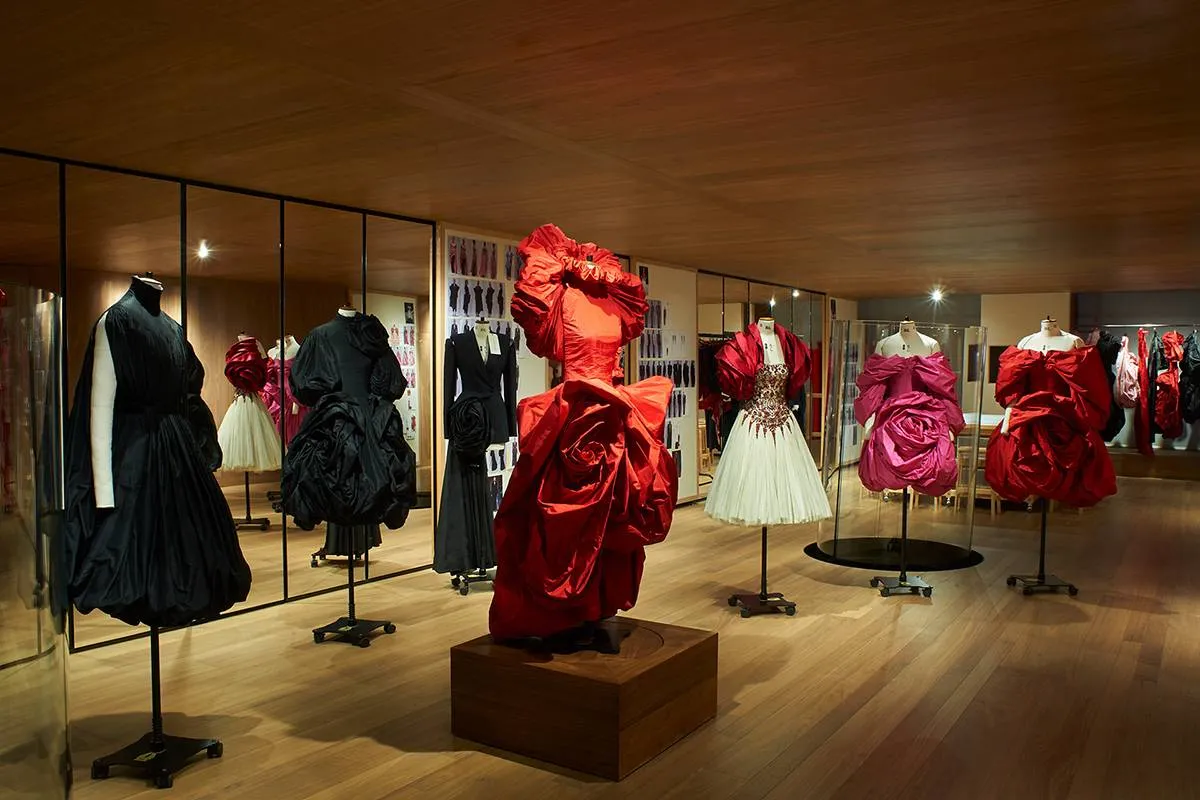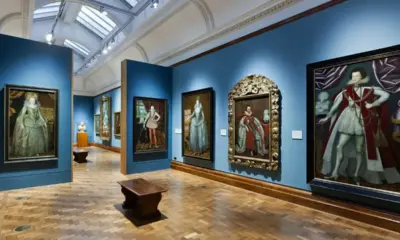Fashion
British Luxury Exports Rise: How Fashion Reinforces the UK Brand

The United Kingdom’s luxury sector is entering a new golden age, driven by a surge in fashion exports that are reinforcing Britain’s global image as a hub of quality, craftsmanship, and innovation. From Savile Row tailoring to avant-garde streetwear, British fashion has become a key force in defining the modern identity of the nation. According to recent trade data, exports of luxury goods have risen sharply through 2025, supported by strong demand from Asia, North America, and Europe. The trend reflects how the fashion industry continues to play a vital role in the UK’s creative economy, shaping not just revenue streams but also cultural diplomacy.
Despite the economic challenges of the past few years, British designers and manufacturers have proven remarkably resilient. The sector’s adaptability, supported by digital trade platforms and a renewed emphasis on heritage branding, has allowed it to thrive in a competitive global marketplace. Today, British luxury fashion is more than an industry; it is a strategic asset that promotes the United Kingdom’s identity abroad and strengthens its reputation for creativity and quality.
Exports reach record highs
Recent figures show that the UK’s fashion and luxury exports surpassed pre-pandemic levels, reaching billions in annual revenue. The growth is being driven by demand for British craftsmanship, sustainable production, and timeless design. Traditional labels such as Burberry, Alexander McQueen, and Mulberry have all seen renewed interest from global consumers who associate British brands with authenticity and elegance.
The Asia-Pacific region, particularly China and South Korea, continues to be one of the strongest markets for British luxury goods. Middle-class expansion and a growing appreciation for heritage craftsmanship have fueled record sales. Meanwhile, the United States and Europe remain essential markets, with British designers increasingly collaborating with local retailers and e-commerce giants to reach new audiences.
Technology has played a transformative role in expanding export capabilities. Digital showrooms, virtual trade fairs, and online retail partnerships have allowed British brands to connect with international buyers without the logistical challenges of physical exhibitions. This new model of digital trade has become a cornerstone of the UK’s luxury strategy, making it easier for small and medium-sized fashion enterprises to access global markets.
The creative economy as a national strength
The rise in fashion exports is part of a broader narrative about the creative economy’s growing influence on the United Kingdom’s international standing. The creative industries now contribute billions to the national GDP and employ millions of people across design, media, and technology. Fashion sits at the center of this ecosystem, serving as both an economic engine and a cultural ambassador.
Government initiatives have helped amplify this impact. The Department for Business and Trade, along with the British Fashion Council, has prioritized fashion as a key export sector in post-Brexit trade agreements. The aim is to showcase Britain’s creative talent while supporting sustainable and ethical manufacturing practices. Funding programs for innovation and education are also nurturing the next generation of designers, ensuring that the UK remains competitive on the global stage.
The global success of British fashion has also elevated the country’s soft power. High-profile events such as London Fashion Week and international exhibitions have become diplomatic tools that project British creativity, diversity, and innovation. Each collection, runway, and collaboration tells a story about the nation’s values, blending heritage with modernity and positioning the UK as a global tastemaker.
Sustainability and heritage craftsmanship
Sustainability has emerged as a defining feature of British luxury exports. Leading brands are investing heavily in eco-friendly materials, ethical supply chains, and circular design practices. This commitment to responsible production not only aligns with global consumer expectations but also reinforces Britain’s reputation for integrity and quality.
Luxury houses are finding innovative ways to merge traditional craftsmanship with sustainable technologies. From hand-stitched tailoring made with organic fabrics to digitally designed accessories using recycled materials, the combination of old and new has become the signature of modern British fashion. Smaller ateliers and independent labels are also gaining attention for their transparency and locally sourced materials, which appeal to consumers seeking authenticity over mass production.
At the same time, the revival of traditional manufacturing hubs has supported job creation and community development. Regions such as the Midlands, Yorkshire, and Scotland have seen renewed investment in textile mills and artisanal workshops. These efforts not only preserve Britain’s craft heritage but also contribute to a more inclusive and sustainable economy.
Global perception and the power of the UK brand
British fashion’s global appeal lies in its ability to tell stories that transcend borders. Whether it is the meticulous tailoring of Savile Row, the rebellious spirit of London streetwear, or the refined elegance of heritage labels, each product carries a piece of the UK’s cultural identity. For international consumers, buying British has become synonymous with owning a piece of history, creativity, and craftsmanship.
This perception has been reinforced by a wave of high-profile collaborations between British designers and international brands. Such partnerships amplify the visibility of UK talent while ensuring that the essence of British design remains at the forefront of global fashion conversations. The result is a powerful synergy between commerce and culture that strengthens the overall perception of the United Kingdom as a leader in luxury innovation.
Digital storytelling has also played an important role in sustaining this momentum. British fashion houses are increasingly using virtual campaigns, interactive videos, and AI driven marketing tools to engage audiences worldwide. These strategies have expanded reach, reduced carbon footprints, and made luxury fashion more accessible to new generations of consumers.
Conclusion
The rise of British luxury exports in 2025 highlights how fashion continues to reinforce the UK’s global identity. Beyond its economic contribution, the industry embodies creativity, craftsmanship, and sustainability, values that define modern Britain. The integration of digital innovation with heritage artistry has allowed the nation’s fashion sector to thrive in an increasingly globalized and environmentally conscious world.
As exports grow and the creative economy expands, the British brand stands stronger than ever. Fashion remains one of the country’s most visible and influential ambassadors, bridging culture and commerce with elegance and purpose. With forward-thinking design, sustainable values, and a commitment to excellence, British luxury is not only shaping global trends but also writing the next chapter of the United Kingdom’s story on the world stage.










